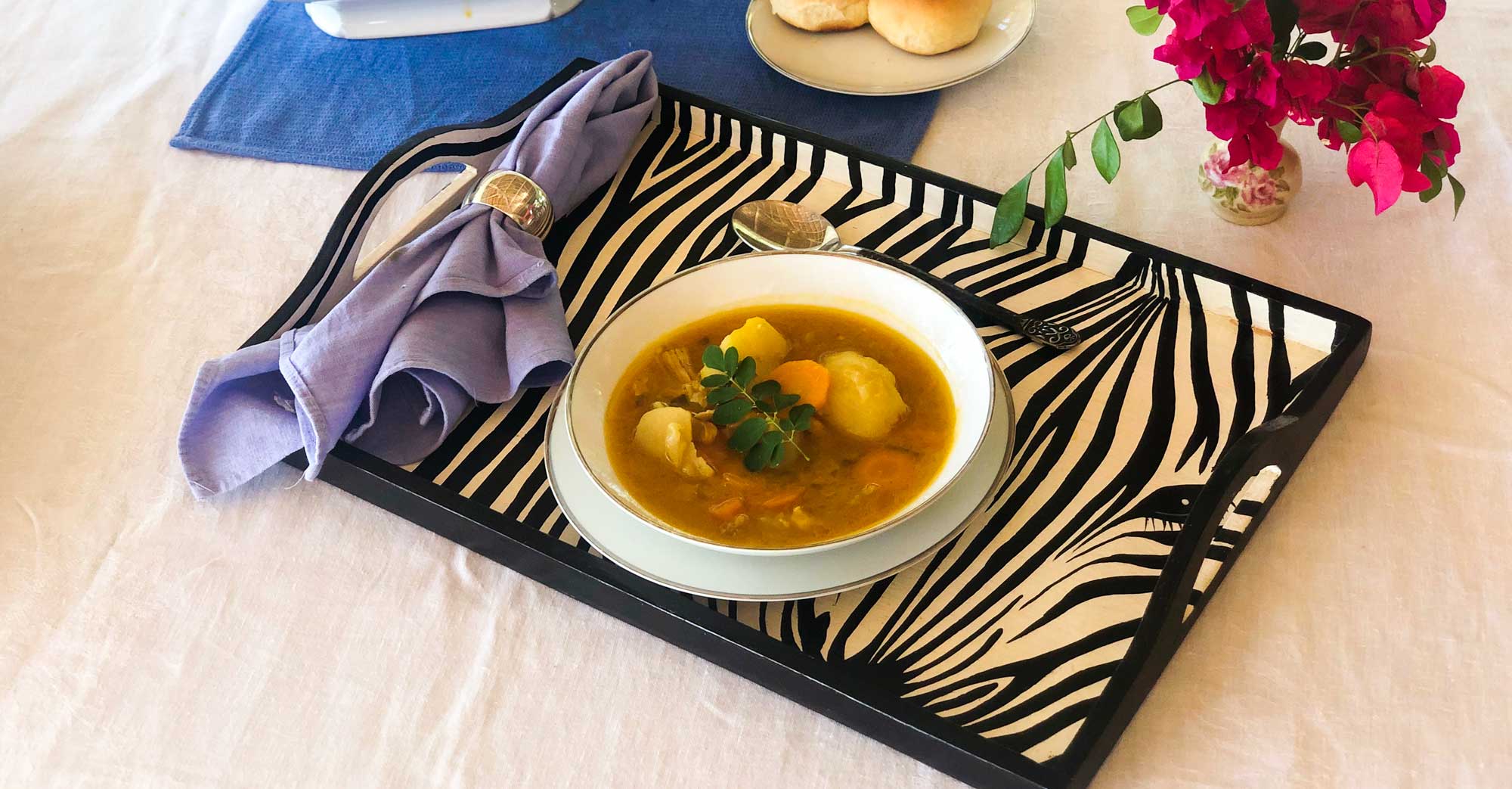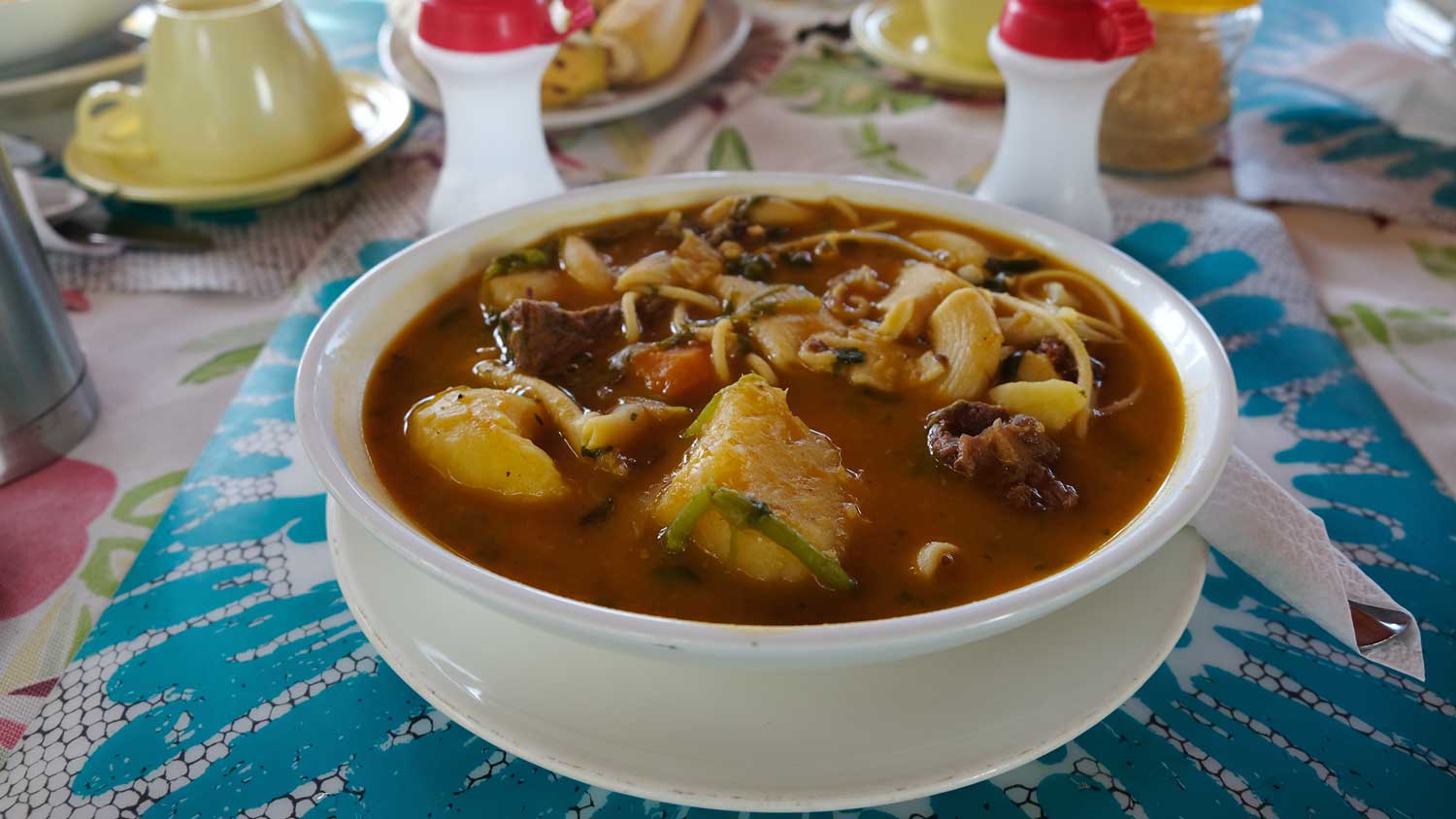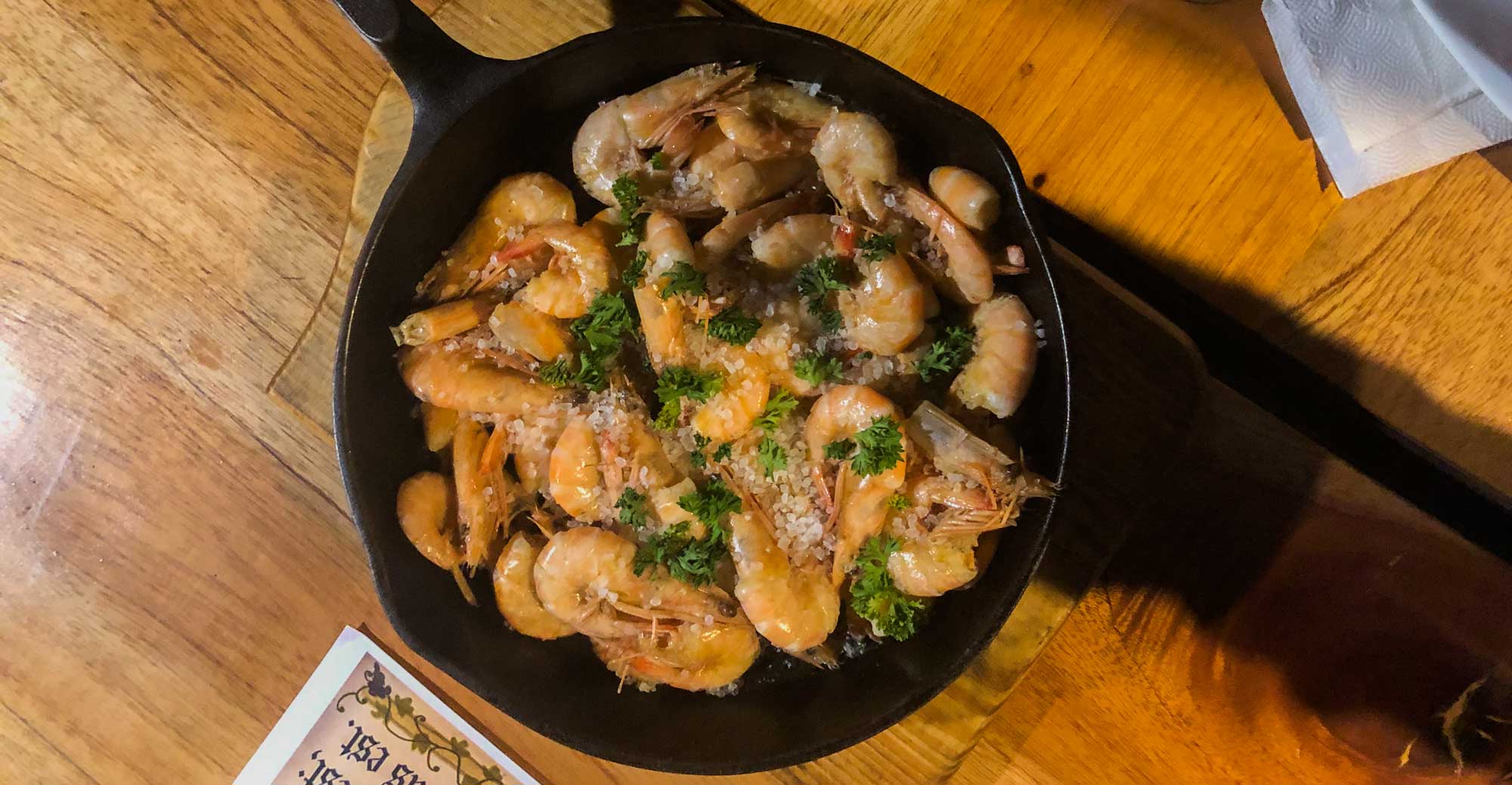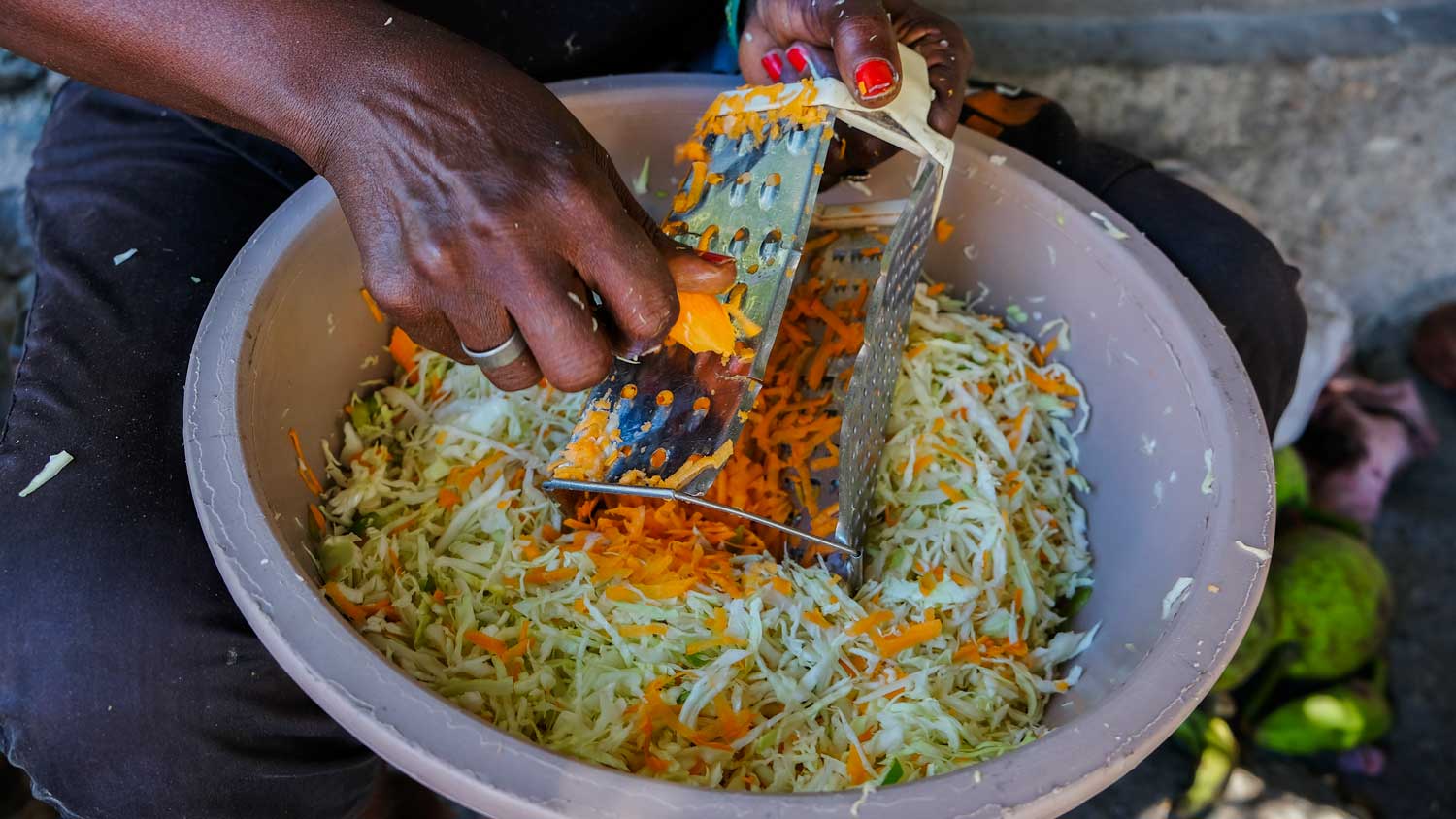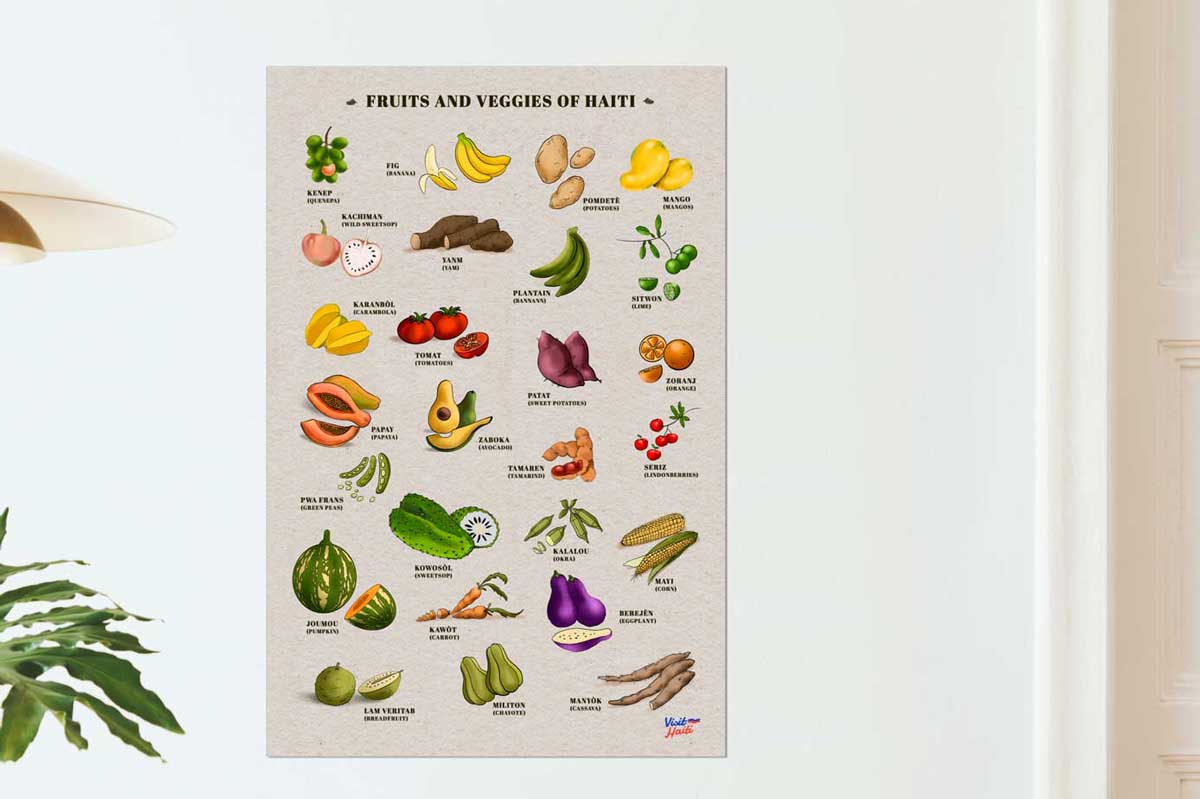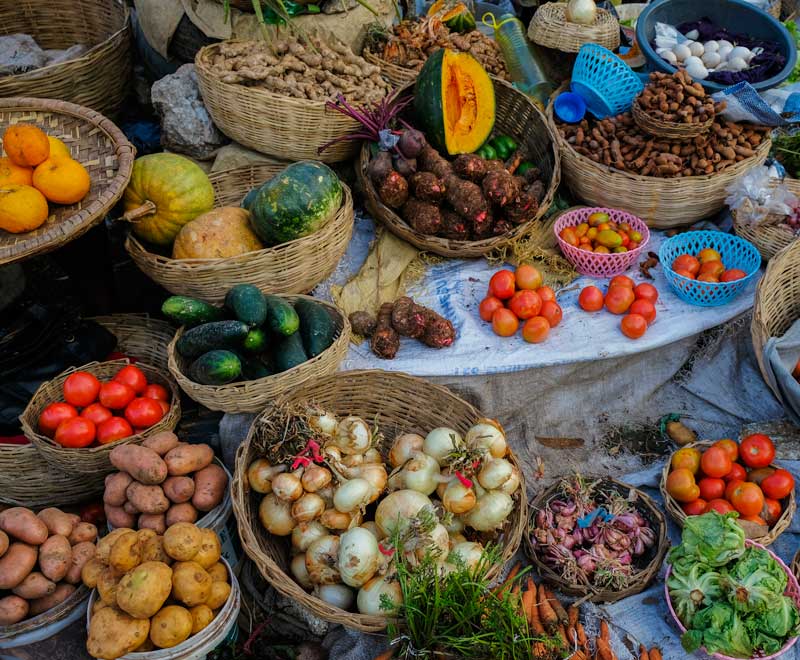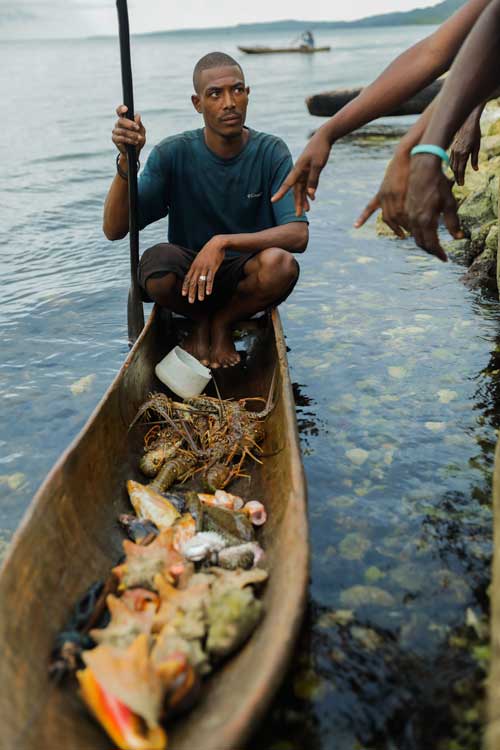
Photo: Ricardo Lartigue
What to do in Montrouis
Close to the edge of the Ouest and Artibonite departments, this unhurried town is the hub of the Arcadins Coast, a picturesque stretch of white-sand beaches home to most of Haiti’s resorts.
Montrouis is en route if you have a reservation at Royal Decameron, Moulin sur Mer or Kaliko Beach. Just over an hour’s drive northwest of the capital Port-au-Prince, Montrouis is also the first stop on the way to the mostly undeveloped plains of Artibonite.
Montrouis supplies a large part of all seafood eaten in Haiti, and is a popular destination for leisure fishing. One of the resorts, Moulin sur Mer, houses the Ogier-Fombrun museum, which offers visitors a glimpse into the pre-colonial history of Haiti up to 1794.
Go snorkelling at Moulin sur Mer
For all that the resorts on the Arcadins Coast contrast with the undeveloped and unspoilt beaches lining the rest of Haiti’s generous coastline, they offer tourists a very accessible way to enjoy another one of the natural treasures of the area: snorkelling.
Experienced snorkelers will find a wealth of seascapes to explore right around Haiti, but even beginners can dive into snorkelling at Monstrouis, thanks to a gentle introduction on offer at the Moulin sur Mer resort.
Marina Blue Haiti runs a diving and excursion center within Moulin sur Mer, with activities ranging from day tours of the islands off the Arcadins coast to PADI night diving. Montrouis is a great place to find guidance and safety the first time you dive into snorkeling. Another advantage of snorkeling with a Marina Blue tour is that they can take and guide you to their very own coral reef house, with both shallow and deep reefs.
It is no secret that coral reefs around the world are suffering. The healthy, well-preserved reefs off the coast of Arcadins should not be seen as evidence counter to this trend, but as a fragile treasure that reminds us what we stand to lose if we don’t do our best to be reef-conscious travellers, and conscious consumers when we get back home.

Photo: Franck Fontain
Get your breath taken away – literally and figuratively – with a hike to Kay Piat
In the mountains east of Montrouis, Kay Piat is something of an oasis in a desert. The two-hour-plus hike is steep and strenuous, but you’ll be rewarded with access to a lush sanctuary that very few from the outside world have seen.
The path to the summit intersects with a strong river, teeming with watercress and swelling out in places into crystal clear swimming holes, glittering in the sunlight that filters through the dense canopy of Kay Piat. Don’t forget to bring your swimsuit!
The village of Kay Piat is home to warm and welcoming people. Hiking to Kay Piat requires joining an organised tour (Marina Blue runs one) or hiring a local guide. Either way, it’s a good idea to bring small bills with you, ready to pay the entry fee to the oasis and to buy refreshments. The friendly people of Kay Piat survive on modest livelihoods and the arduous drive and hike to the location means that local and tourist traffic through the township are both thin, making the locals all the more in need of any tourist dollars you bring. Be open to negotiate with the person supervising the payments; there is always a way to reach a comfortable middle ground.
The hike is best done in the morning.
Gorge on seafood and specialty candy
Travellers who drive straight through Montrouis miss out on a local speciality: creole cuisine called lalo – the signature dish of Artibonite.
Driving into the township from the south, foot traffic swells with men and women carrying produce in baskets and old rice sacks. Just outside of town, colorful kiosks line the road, most of them serving up plates of rice, beans and lalo.
Also called Egyptian spinach and West African sorrel, lalo is the local name for jute. In the US and Europe, jute might be better known as a source of rope fibre, but here in Haiti (and across most of Africa and Asia) it is more widely used in cooking.
Lalo is the magic that happens when fresh, bright jute leaves are picked off of the plant and stewed with spinach, onions, peppers, and garlic as well as creole-seasoned cuts of beef. As the flavors mingle in the pot, the jute and spinach leaves grow soft, dark, and flavorful.
Setting itself apart from lalo available throughout the province – and making it especially worth stopping to try – Montrouis lalo is made with freshly caught sea crabs. With the help of the hot stew and steam inside the pot, the broken crab shells and legs turn a vivid pink, lending the dish a heightened, warming flavor which mingles wonderfully with earthy black bean sauce and light-as-air white rice.
“It’s hard work, but people keep coming back,” one vendor says. She takes a small break from spooning rice into Styrofoam plates, but just as quickly, a young woman comes from the back kitchen to pick up the slack. “I have regular customers who will come from the fancy resorts because they love the lalo here.” The evidence is in front of us while we chat – the cars parked in front of the kiosks have license plates ranging from rentals, to personal cars, to state-owned vehicles. It seems like everyone in the know makes time to stop in Montrouis for a plate of Lalo.
For desert, treat yourself to a tablèt nwa, a delicious candied cashew bar, or tablèt pistach, a candied peanut bar. Don’t miss the wonderfully decadent dous makòs, a tri-colored milk fudge bar. You’ll find all of these sold by the side of the street.
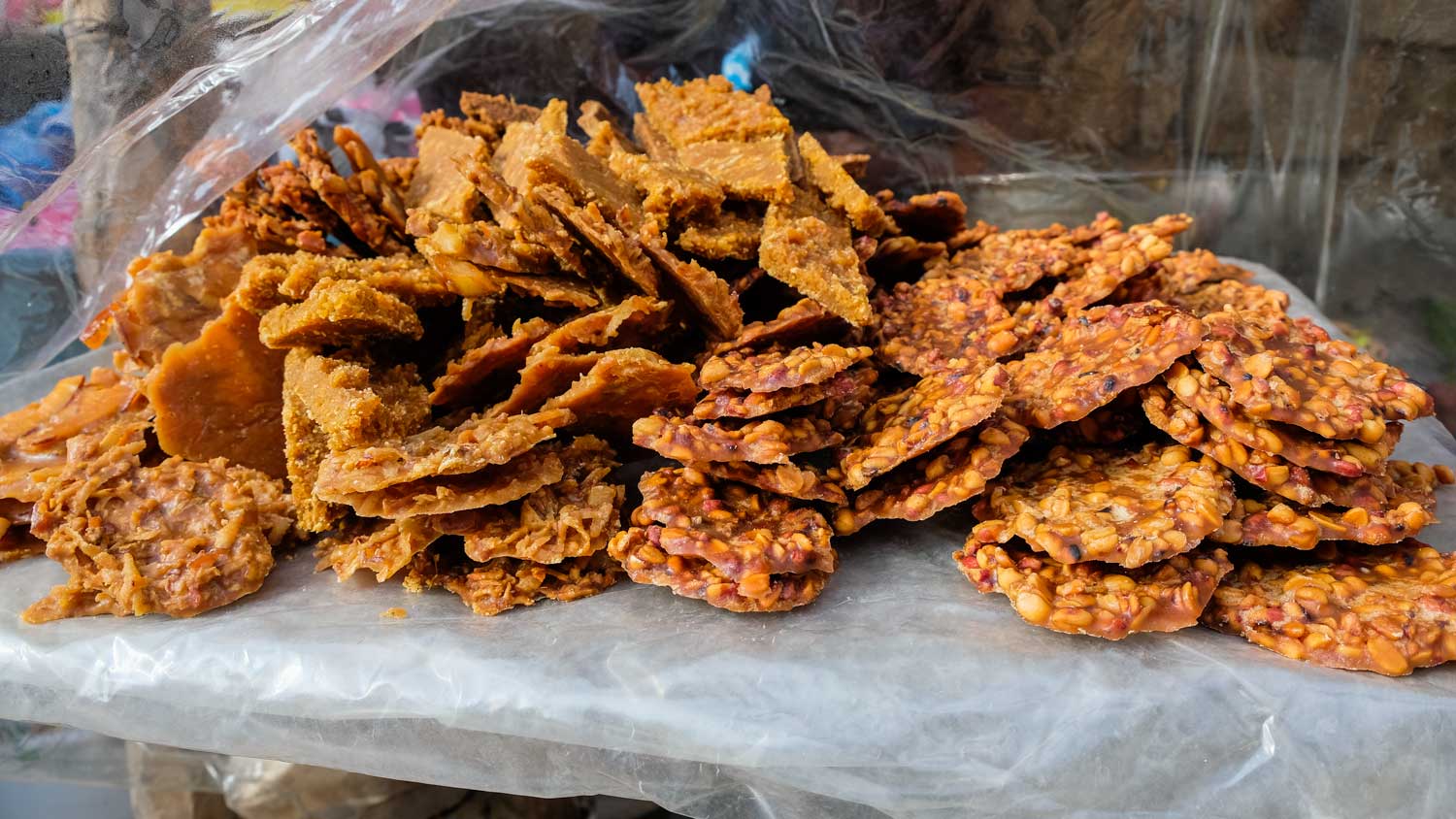
Photo: Franck Fontain
Need to Know
Montrouis is a popular destination for fishing in Haiti, supplying a large part of all seafood consumed on the coasts as well as inland.
Moulin sur Mer houses the Ogier-Fombrun museum, which retraces the history of Haiti from the Indian era up until the colonial times – specifically, 1794.
Guided visits – the best way to explore Kay Piat, since trail signage isn’t great, and because local guides can negotiate on your behalf to keep costs down.
Must-Try Flavors
Lalo – jute leaf and spinach stew served with white rice and black or red bean sauce.
Tablèt nwa – delicious candied cashew bar, sold by the side of the street.
Tablèt pistach – delicious candied peanut bar, sold by the side of the street.
Dous makòs – tri-colored milk fudge bar, sold by the side of the street.
Written by Kelly Paulemon.
Published June 2019
Find Montrouis
External Links
Find out more about the top things to do in Montrouis

Looking for some cool things to do?

Paradise for your inbox
Your monthly ticket to Haiti awaits! Get first-hand travel tips, the latest news, and inspiring stories delivered straight to your inbox—no spam, just paradise.













